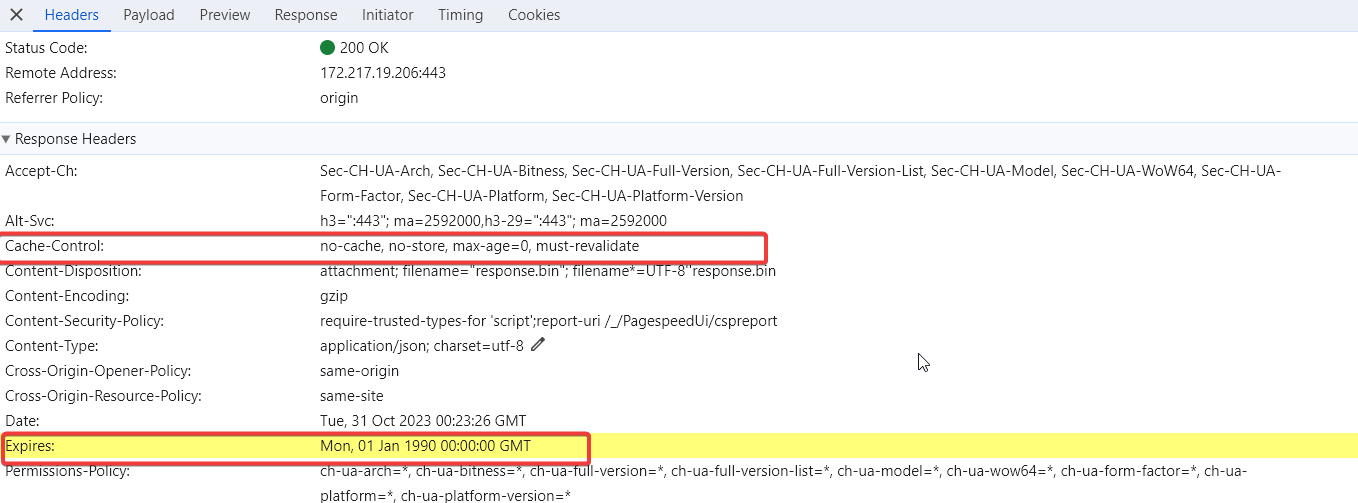
Struggling with a sluggish WordPress site, despite all your efforts? It could be down to asset delivery.
Efficiently storing and accessing items like CSS, JavaScript, and images is key to cut down wait times and elevate the user experience. That’s where caching steps in to give your WordPress site the boost it deserves.
While the concepts of caching might seem labyrinthine, fear not – there’s a straight path to mastering it.
We’ll take you by the hand and show you precisely how to set up an effective cache policy for your assets on WordPress.
Ready? Let’s get started.
Decoding Static Assets and Caching
Grasping static assets and caching is essential for your website’s performance and satisfaction of your visitors – not forgetting the bonus points you gain with search engines like Google. Clearing the cache, for instance, can give an immediate boost to your site’s speed. Discover the fine art of doing it right in our guide on “WordPress cache purging.”
Breaking Down Static Assets
Think of static assets as the unchanging elements of your website, such as images and scripts. They’re vital for the look and functionality of your site and served up just as they are from your server.
Explaining Caching
Essentially, caching is about storing pieces of data temporarily to make access quicker in the future.
From page caching, which stores full web pages, to static asset caching, which handles files, each type plays its part. Here’s a bit more insight:
Page vs. Static Asset Caching
Where page caching is about keeping a full, pre-rendered webpage on standby, static asset caching looks after the individual components like images. While the former suits less frequently updated sites perfectly, the latter is a must for speeding up every type of website.
For a more in-depth comparison of the two, have a look at this table:
| Page Caching | Static Asset Caching |
| Serves less frequently modified dynamic content. | Improves static content delivery speed and conserves bandwidth. |
Rev Up Your WordPress with Cloudways Hosting!
Skyrocket your site’s speed up to 300% with our host of performance technologies including NGINX, Apache, Memcached, and advanced caching configurations.
Cacheability of Static Assets
A static asset is considered cacheable if it’s something that doesn’t need frequent updates. These files should come with HTTP cache headers, signaling how long they can be stored before needing a refresh.
Defining a Caching Policy
A caching policy is essentially a rulebook, communicated via HTTP headers, detailing how long and under what conditions resources should be kept in the cache.
Impact of Cache Policies on UX and SEO
A finely tuned caching policy is not just about speed – it’s a key player in creating smooth user journeys and climbing the SEO ranks, as Google favors quick-loading sites.
Checking for Browser Caching Activation
Wondering if your site is benefiting from browser caching? Tools like browser developer settings or Google’s PageSpeed Insights can reveal all.
Spotting Inefficient Static Asset Caching
The red flag for poor caching of static assets crops up in performance tests when your site’s resources aren’t cached properly, dragging down load times.
Optimizing Asset Delivery with Caching
Whether you choose to dive into manual configuration or rely on a plugin, there’s a way for everyone to enhance their caching. Interested in the steps? Keep reading.
Crafting the Best Caching Game Plan
An ideal caching strategy is preventive, and we have tips on how to avoid issues with static asset delivery right at the start.
Capitalizing on Cloudways’ Caching Perks
Hosting on Cloudways? You’re already set for caching success! Discover the built-in tools that can make a difference.
Wrapping Up
Efficiently caching static assets can make or break your WordPress site’s performance. We’ve laid out the why, the how, and the what-next to make sure your web pages are speedy, sleek, and SEO-friendly. Got questions? Reach out anytime!
Liza Rajput
Technical Content Producer Liza Rajput brings her software engineering expertise into play at Cloudways, aiming to conquer the realms of Data Science and Big Data Engineering. An adept writer, her portfolio spans technical documentation, research writing, and creative storytelling.


